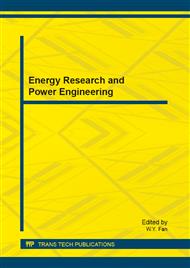p.1458
p.1463
p.1467
p.1472
p.1477
p.1482
p.1486
p.1491
p.1496
Earthquake Damage Prediction System of Buildings Group Based on Damage Factors Method
Abstract:
In view of our country needs to improve the ability of city earthquake disaster prevention, the paper proposes the earthquake damage prediction method of buildings group based on damage factors method. The system establishes the earthquake damage prediction of spatial database. Based on the earthquake damage factors method and the application of the GIS spatial analysis model, we predict earthquake disaster loss of city buildings and realized the Langfang city earthquake disaster prediction system. The realization of this system provides strong technical support for improving the ability of Langfang earthquake disaster prevention.
Info:
Periodical:
Pages:
1496-1499
Citation:
Online since:
July 2013
Authors:
Price:
Сopyright:
© 2013 Trans Tech Publications Ltd. All Rights Reserved
Share:
Citation:


